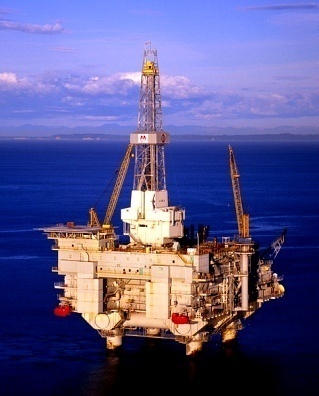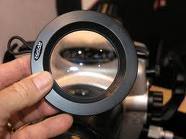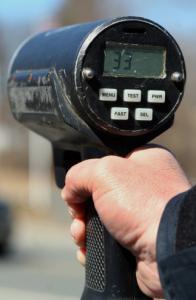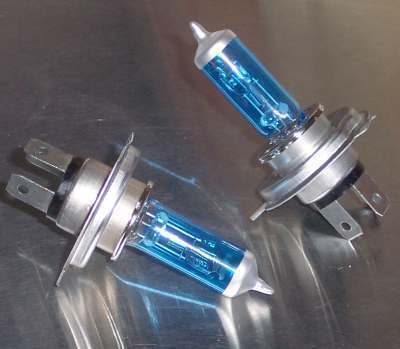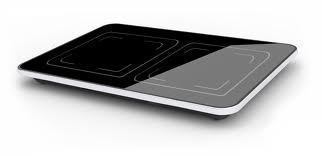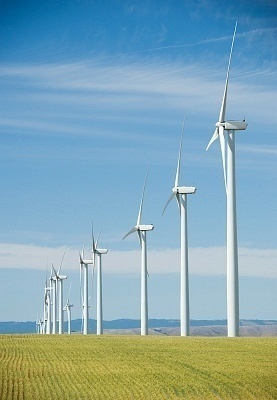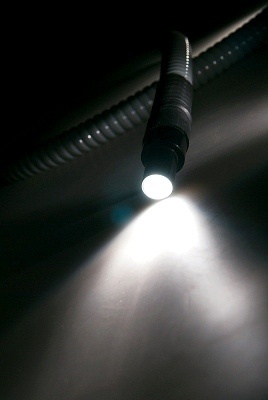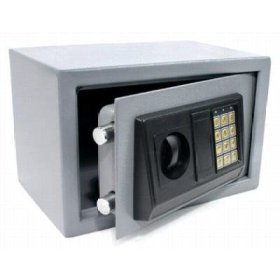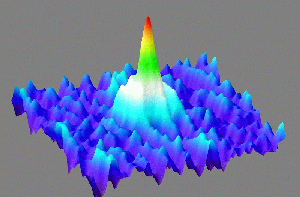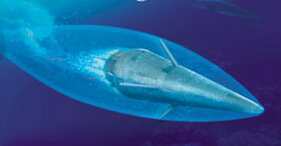How Do Oil Rigs Work?
As recent events concerning oil spills in multiple locations have flooded the news, many people are wondering how oil drilling works and why something like an oil spill can happen. This article will attempt to answer these questions by explaining how the various processes of oil drilling work. What is an Oil Rig An oil …

